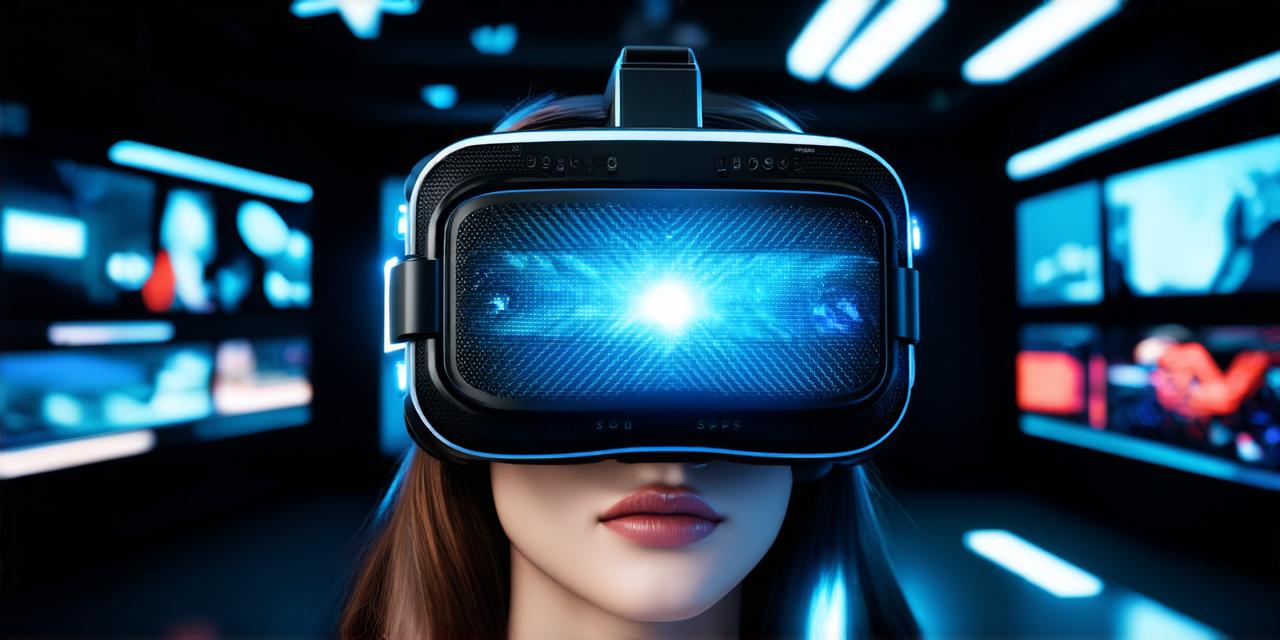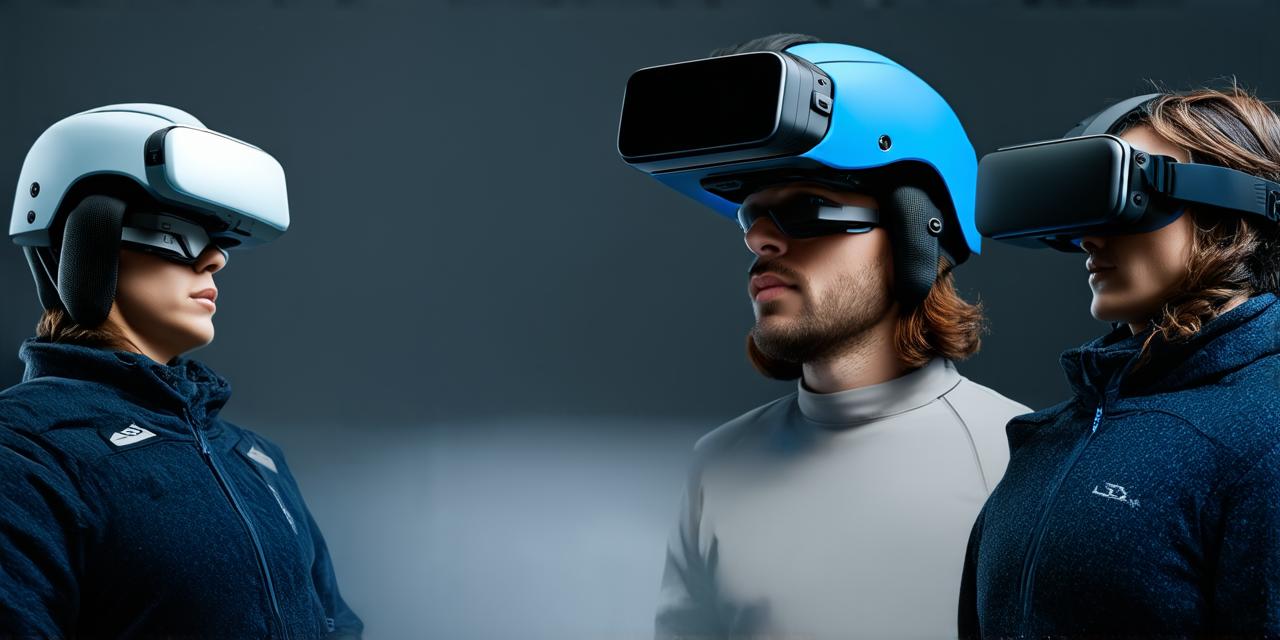In the rapidly evolving world of technology, acronyms such as VR (Virtual Reality) and AR (Augmented Reality) have become commonplace. While VR creates a completely immersive, computer-generated environment, AR is a different beast altogether.

What is AR?
AR, or Augmented Reality, is a technology that superimposes digital information and images onto the real world, enhancing it rather than replacing it as VR does. This interaction between the real and virtual worlds offers a composite view, blending the environment around us with computer-generated elements.
How Does AR Work?
AR works by using the camera on a smartphone or tablet to capture the real world. The device then analyzes this image and overlays digital content onto it in real time. This can be anything from virtual objects, text, or even interactive 3D models. AR applications use a combination of computer vision, machine learning, and sensor fusion to achieve this.
AR vs VR: Key Differences
- Immersion Level: VR provides a completely immersive experience by replacing the real world with a simulated one. On the other hand, AR allows users to interact with their environment while also viewing digital overlays.
- Use Cases: While VR is often used for gaming and entertainment, AR has a broader range of applications, including education, healthcare, retail, and more.
Examples of AR in Action
1. Pokémon Go: One of the most popular examples of AR is the mobile game Pokémon Go, where players catch virtual creatures in their real-world surroundings.
2. IKEA Place: The IKEA Place app allows users to visualize furniture in their homes before making a purchase, providing an immersive shopping experience.
Summary
AR is a powerful technology that bridges the gap between the digital and physical worlds. By understanding what AR stands for in the context of virtual reality, we can appreciate its unique capabilities and potential applications. As AR continues to evolve, we can expect to see it become an integral part of our daily lives.



